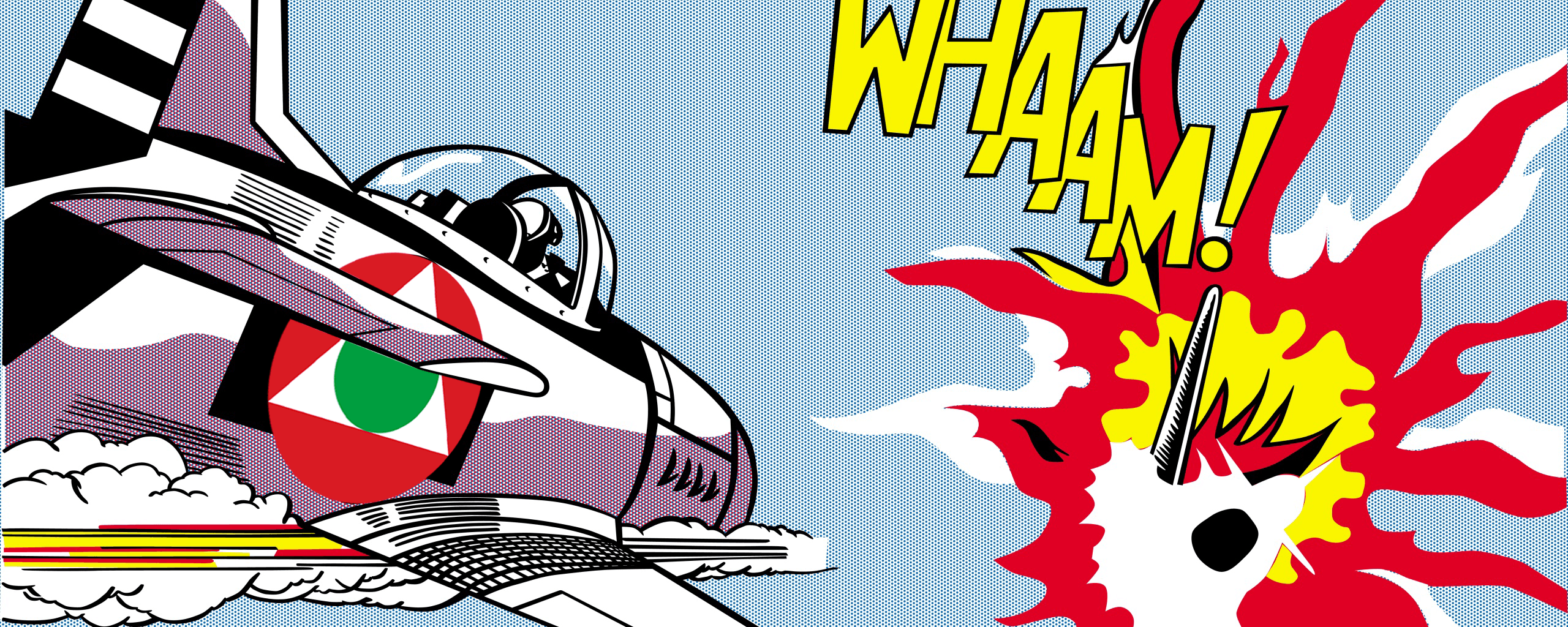
The third party may also bid for the lot above the written bid. The third party will be remunerated in exchange for accepting this risk based on a fixed fee if the third party is the successful bidder or on the final hammer price in the event that the third party is not the successful bidder. If the lot is not sold, the third party may incur a loss. In doing so, the third party takes on all or part of the risk of the lot not being sold. The third party is therefore committed to bidding on the lot and, even if there are no other bids, buying the lot at the level of the written bid unless there are any higher bids. In such cases the third party agrees prior to the auction to place an irrevocable written bid on the lot. Christie's therefore sometimes chooses to share that risk with a third party.

Where Christie's has provided a Minimum Price Guarantee it is at risk of making a loss, which can be significant, if the lot fails to sell. This is known as a minimum price guarantee. This will usually be where it has guaranteed to the Seller that whatever the outcome of the auction, the Seller will receive a minimum sale price for the work.


Speaking about the visual and cultural significance of his dots, Lichtenstein said, “…the dots can have a purely decorative meaning, or they can mean an industrial way of extending the color, or data information, or finally that the image is a fake.” Dots became a trademark feature of Lichtenstein’s art, making it instantly recognizable.On occasion, Christie's has a direct financial interest in the outcome of the sale of certain lots consigned for sale. We see this technical innovation in works such as Modern Art I, 1996. Roy Lichtenstein, Modern Art I, 1996, image courtesy of Wall Street InternationalĪs his career progressed Lichtenstein’s use of stencils and dots became more complex, incorporating different sizes, colors and textures of dots into a single image alongside one another to create a fragmented and disjointed effect. Much like comic book printers, Lichtenstein’s paintings show how the dots, when seen from a distance, can imitate paler colors or glossy surfaces like glass and mirror. Instead, from 1962 onwards he made use of a perforated metal stencil filled with holes, which he could press onto the canvas and brush thick paint through, before removing it to reveal the dotty, pixelated pattern below. Were Lichtenstein’s trademark dots really all painted by hand? Well, yes, in early art such as Look Mickey!, 1961, Lichtenstein tried out painting the dots one at a time, but soon realized it wasn’t the most efficient or effective way to work. Please check your inbox to activate your subscription Thank you! Lichtenstein made use of this staged process to create his famous, career-defining artworks In the Car, 1962, and Whaam!, 1963.īen-Day Dots and Stencils Roy Lichtenstein, White Brushstroke, 1965, image courtesy of Sotheby’s Then he would use an opaque projector to help him enlarge and trace this drawing onto canvas, ready to be filled in with paint.
#Roy lichtenstein dotbot generator series
After carefully choosing a dynamic, engaging comic-book scene to replicate, he would first modify the image through a series of sketches in pencil until he arrived at a design that he was happy with. Projectors and Sketches Roy Lichtenstein, Whaam! 1963, image courtesy of Art Fund UKĪlthough Lichtenstein’s artworks might look like copies of comic book scenes, he actually worked out a way to make these images entirely his own. And he proved with his visually arresting Pop Art that comic books weren’t just for kids, but could be equally entertaining for adult, art audiences. In his early paintings Lichtenstein even painted his trademark Ben-Day, comic book style dots with his own fair hand to create paler areas of color (more on this below!). With this paint, Lichtenstein mimicked the bold hues and black outlines of comic books to create some of the most striking images in the history of art. Aiming for an entirely machine-made look, he painted with the recently developed acrylic Magna paint, which had a flat, glossy finish that could mimic the polish of printing processes.

Hand-Painted Colors Roy Lichtenstein, Oh, Jeff…f I Love You Too… But…, 1964, image courtesy of Art Fundīelieve it or not, Lichtenstein’s earliest, and arguably most famous, paintings were executed entirely by hand.


 0 kommentar(er)
0 kommentar(er)
